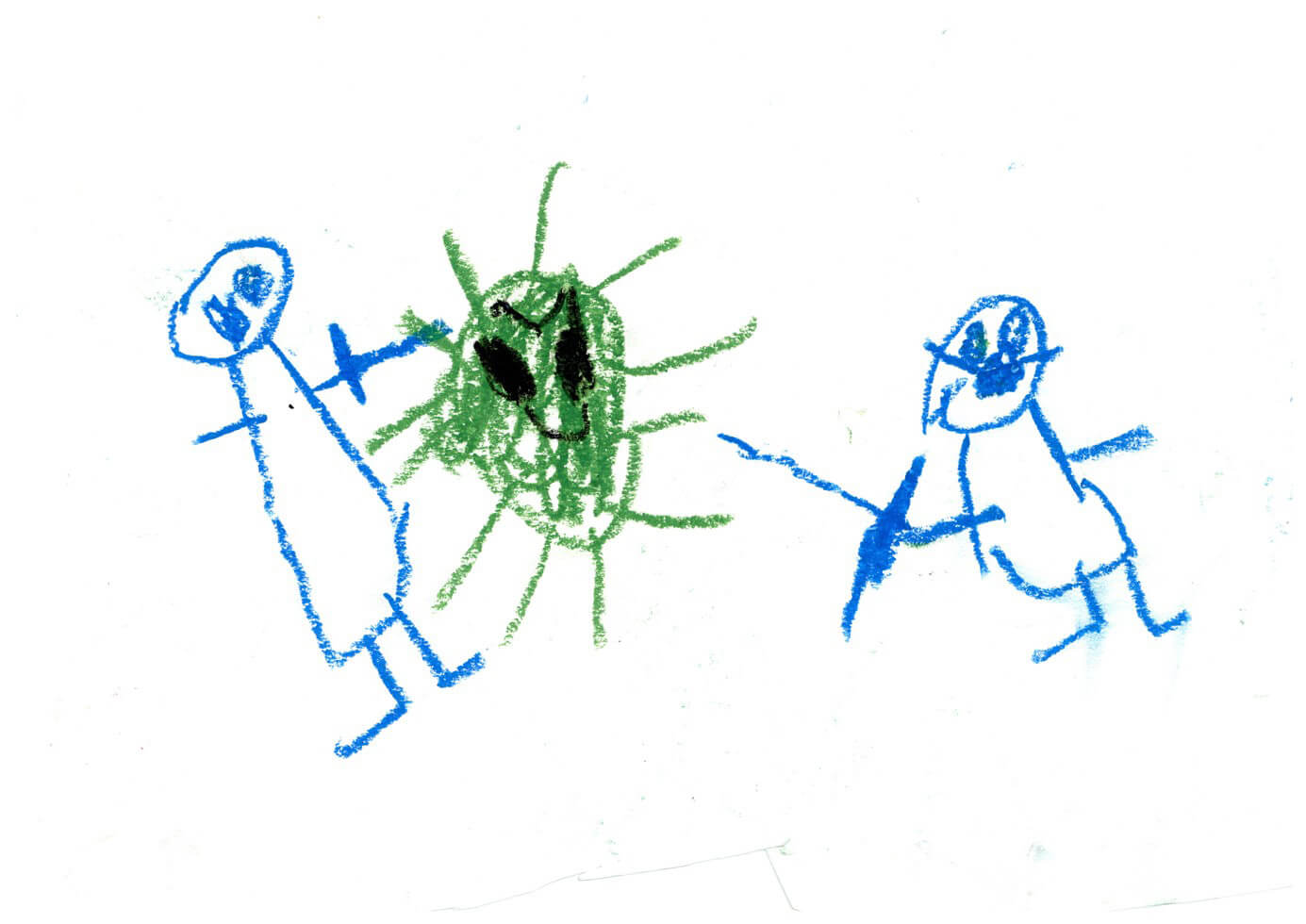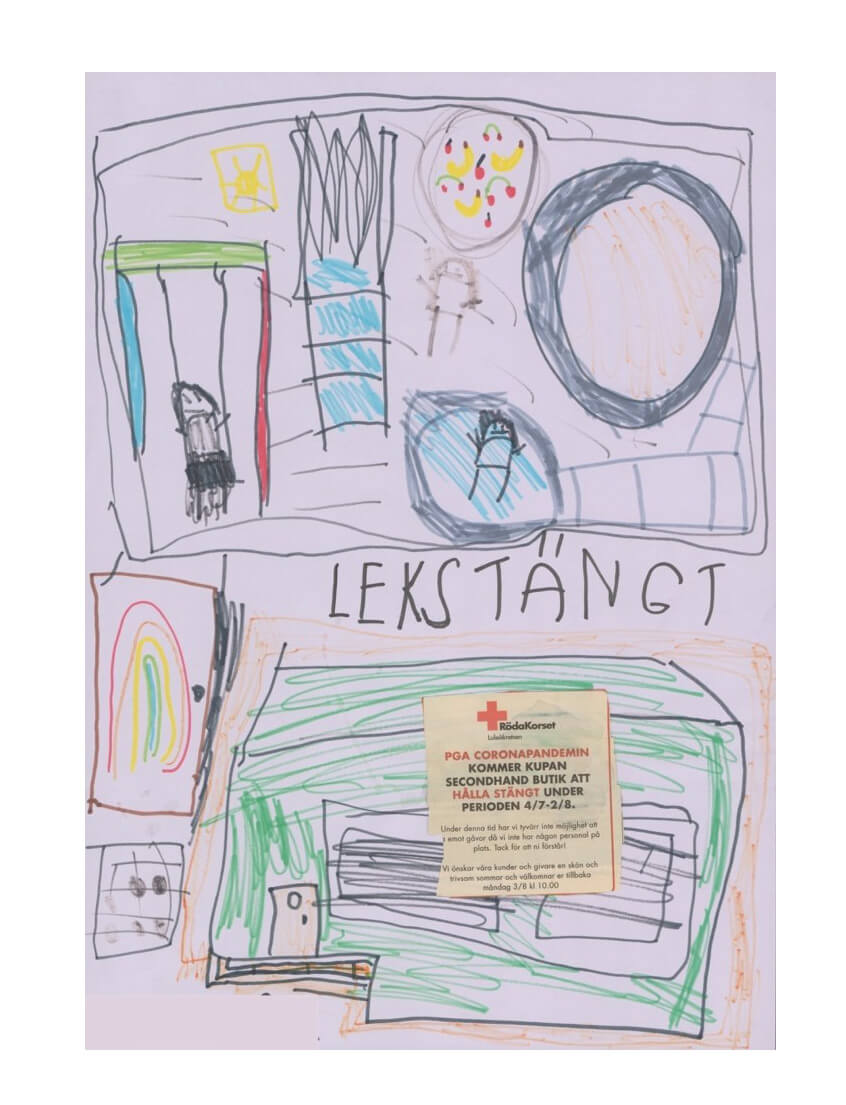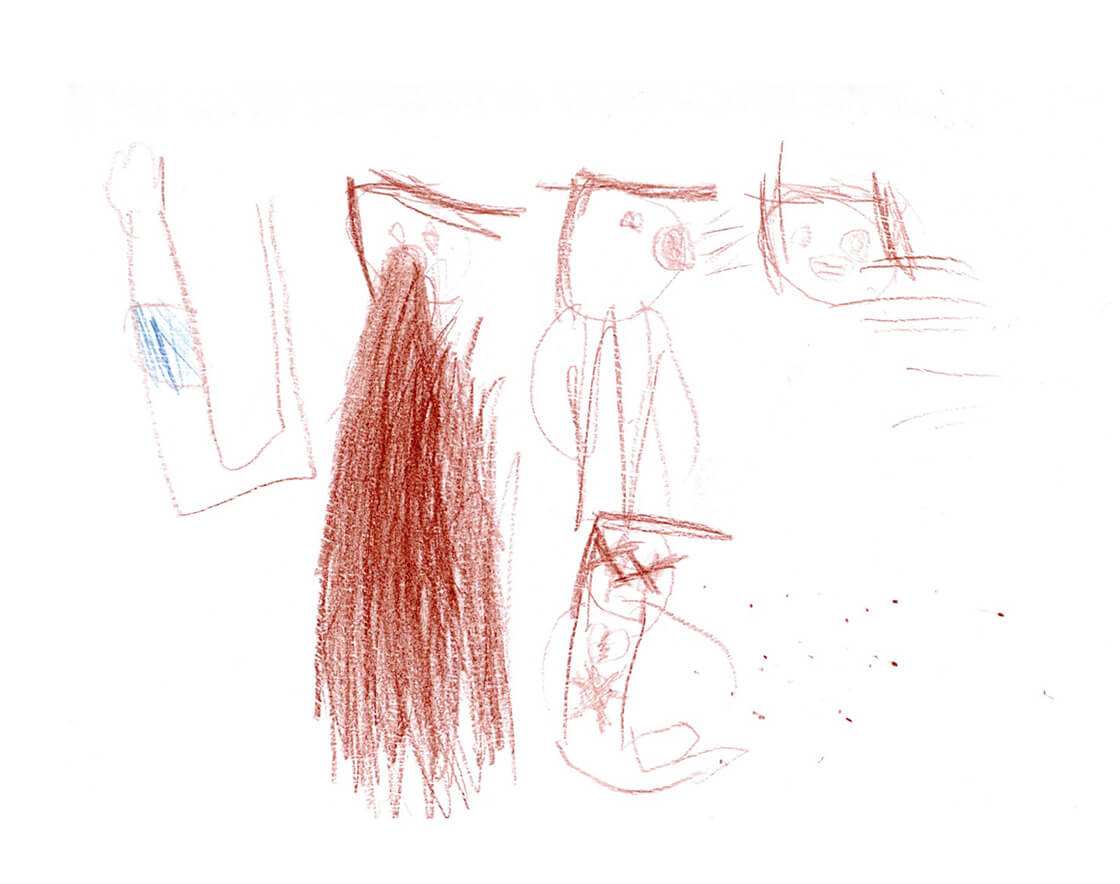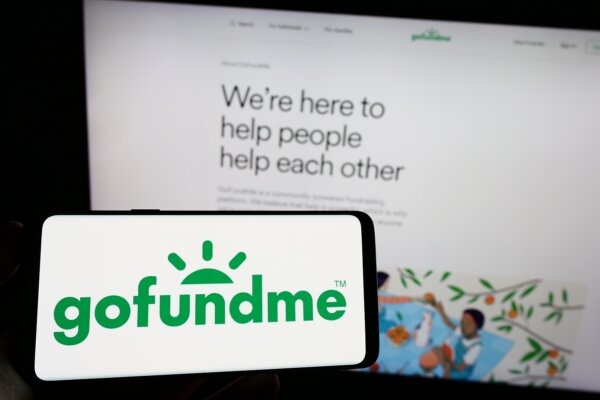
Child, aged 5: “A boy coughed and put his hands over there (on the house) and someone came and touched it, then they got sick. X means that you shouldn't go outside and catch bacteria. The bacteria are underground. Blue faces mean you feel sick.” (Credit: Swedish Archive of Children’s Art)
UPPSALA, Sweden — Sickness, death, and canceled plans. Those are just a few of the most common recurring themes seen among children’s drawings during the COVID-19 pandemic, according to eye-opening new research out of Sweden. The study reveals some stunning and disheartening perspectives straight from the mind of young kids during what was likely one of the most confusing and frightening periods of their lives.
Scientists at Uppsala University analyzed 91 drawings made by children aged between four and six years old between April 2020 and February 2021 to reach these concerning conclusions. The study’s findings strongly suggest that the COVID-19 pandemic affected many children significantly, and that many kids understood the severity of the situation just as much as any adult.
This project was certainly unique in the sense that it was made up solely of children’s drawings about the pandemic. Study authors made use of drawings originally submitted to the Swedish Archive of Children’s Drawings.
“It was a very fun study to carry out. I was actually quite uncertain as to whether a medical journal would publish the article, but they did, including the children’s drawings and everything,” says Anna Sarkadi, Professor of Social Medicine and leader of the study, in a media release.

The research team used a method of analysis that combined the children’s own explanations of their images with a visual analysis of the drawings. This approach allowed study authors to show that even younger children were strongly affected by the pandemic. Young children drew detailed images of illness, death and canceled activities. Other common themes included fear, worry, and missing grandparents. Some kids described COVID-19 and the coronavirus as a monster, while others described how to protect yourself. One drawing depicted two kids in a fencing battle against a giant virus.
“The drawings were often covered in a lot of snot. On one drawing, a child wrote: ‘You throw up, then you cough, then you feel better or die,’ with extremely clear illustrations,” explains Maria Thell, doctoral student in the CHAP research team and study co-author.

Somewhat surprisingly, the children also displayed a high level of health literacy in connection with COVID-19. For example, knowledge of the coronavirus’s characteristics, or how it spreads and common symptoms were well understood.
“As a researcher with a background in child and youth science, I would love to develop this method further,” Thell concludes.
Moving forward, study authors plan to continue this work. The Public Health Agency of Sweden has asked the research team to analyze more drawings made by seven to 11 years olds either during or just after the COVID-19 pandemic.

The study is published in Acta Paediatrica.









